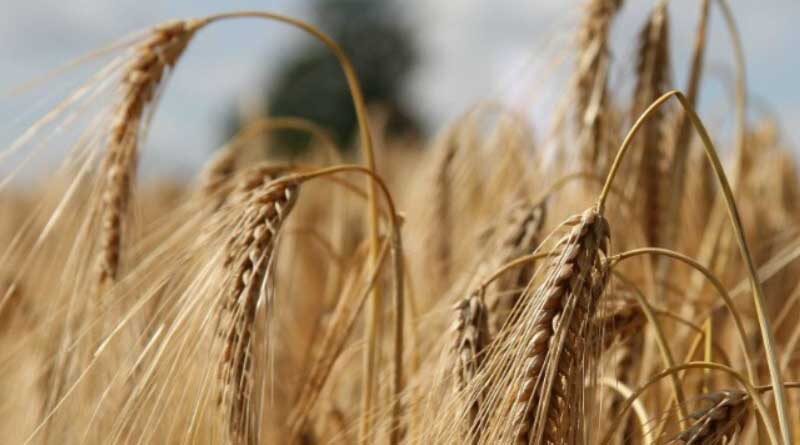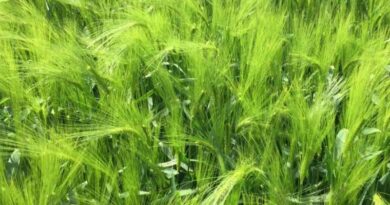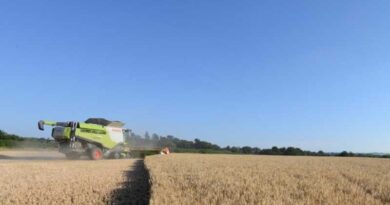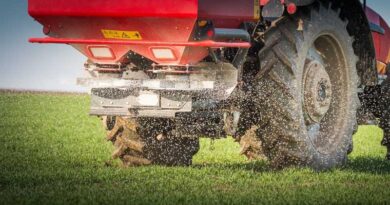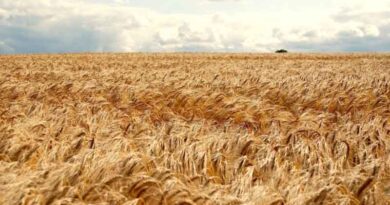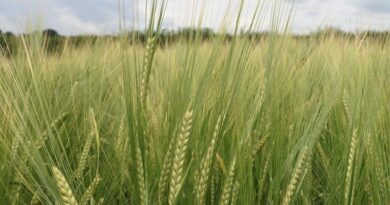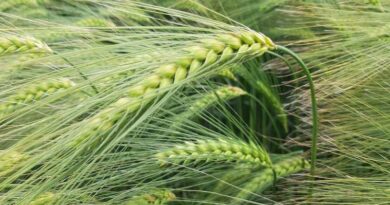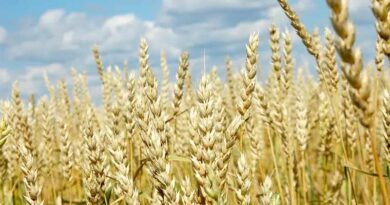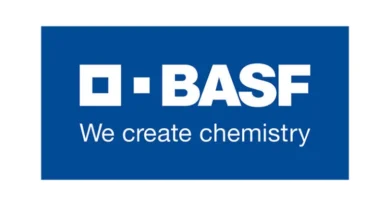Enhanced rooting powers hybrid barley to victory
27 August 2021, UK: Recent AHDB Commentary (20 August 2021) noted that “The two-row feed varieties have been left somewhat behind in 2021”. This is maybe no surprise to loyal hybrid barley growers who have become increasingly familiar with the high yields and reliability that the hybrid varieties offer. The 2021 harvest results have clearly shown that we are back to “business as usual” this season: the yield gap between the hybrid barley varieties and the 2-row varieties has returned to normal levels.
Overall, the hybrid barley varieties have outperformed their 5 year mean in 2021, with the majority having higher yields in 2021. The graph below shows the contrast between 2021 yields and the 5-year mean. Any variety above the line of equivalence performed higher than its 5-year average in 2021. The current hybrid barley varieties have all performed above or close to their 5-year average, showing a high yield potential and consistent performance over multiple years. Many of the 2-row feeds underperformed in 2021 and were a long way from the equivalence line, which suggests they were less stable in 2021.
Also Read: Union Agriculture Minister launches National Food and Nutrition Campaign for farmers
AHDB Recommended List Harvest Results 2021
Hybrid breeding technology, and the widespread use of hybrid varieties, has been shown to increase yields in a wide range of crop species. Hybrid barley is no different with the hybrid varieties occupying the top slots in the 2021 harvest results and in the over-year results too. Hybrid barley varieties offer a wide range of additional benefits such as grass weed suppression and enhanced rooting.
Independent rooting study
Syngenta commissioned an independent rooting study this past season to compare the most popular hybrid variety, SY Kingsbarn, with a popular 2-row feed variety in a large-scale field trial.
SY Kingsbarn had an overall root mass that that was over 20% higher than the 2-row variety, with a dry root weight of 0.067g vs 0.055g per plant, together with a root system that was both wider and deeper.
This enhanced root system, uniquely powered by hybrid vigour, may explain why hybrid barley offers greater resilience to environmental stress by enabling the plant to better scavenge for water and nutrients in dry conditions. Greater crop resilience may also lead to reduced tiller loss in a dry spring.
In addition, it is well-known that 6-row varieties, including hybrid barley, are less sink-limited than 2-row varieties as they have more grain sites. Anecdotal reports from across the country noted that the yield of some of the two-row varieties may have been more affected than the hybrid barley varieties as they lost a higher proportion of valuable grain sites due to a combination of enhanced tiller loss due to the dry spring coupled with late frosts. This may explain why the two-row feed varieties have been left behind this year.
Hybrid barley offers high yield, stable yield and so much more. Choosing to apply Vibrance Duo seed treatment to hybrid barley can increase rooting even further.

